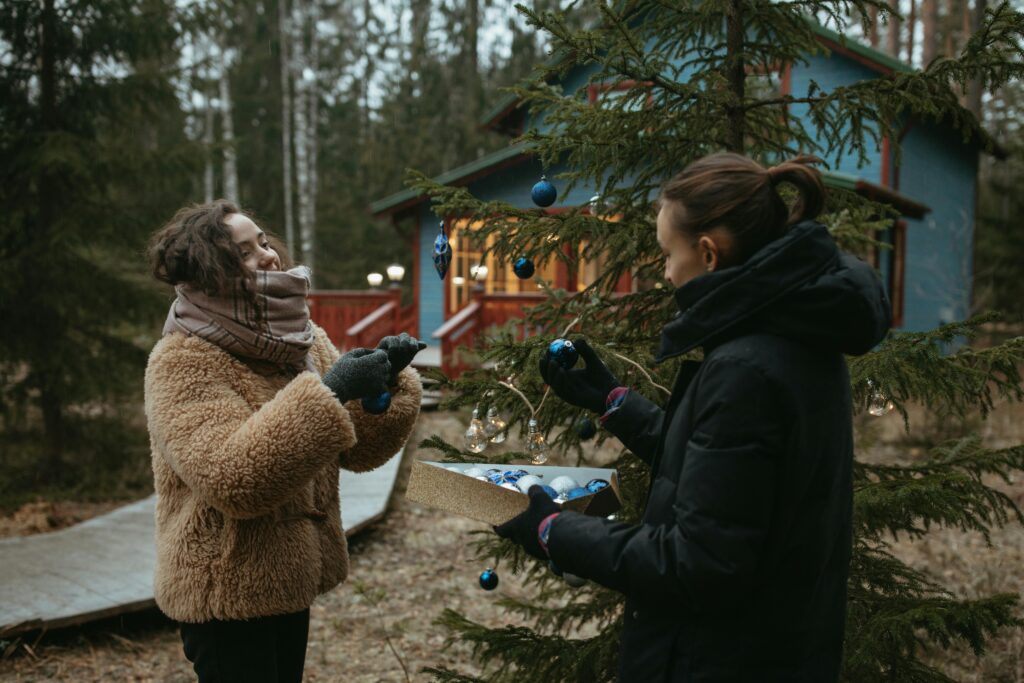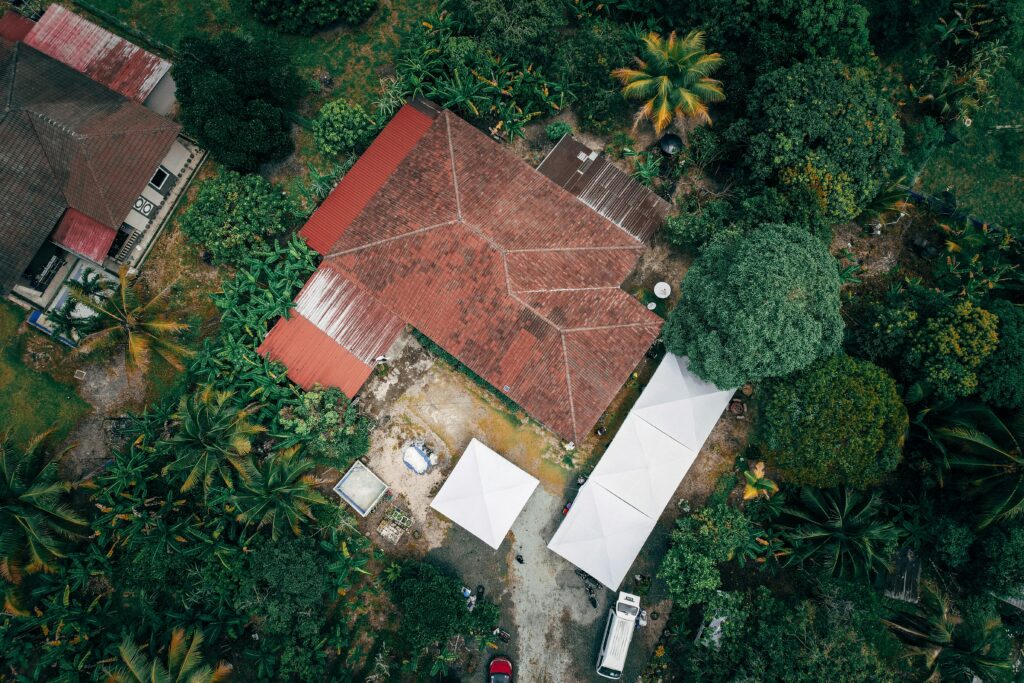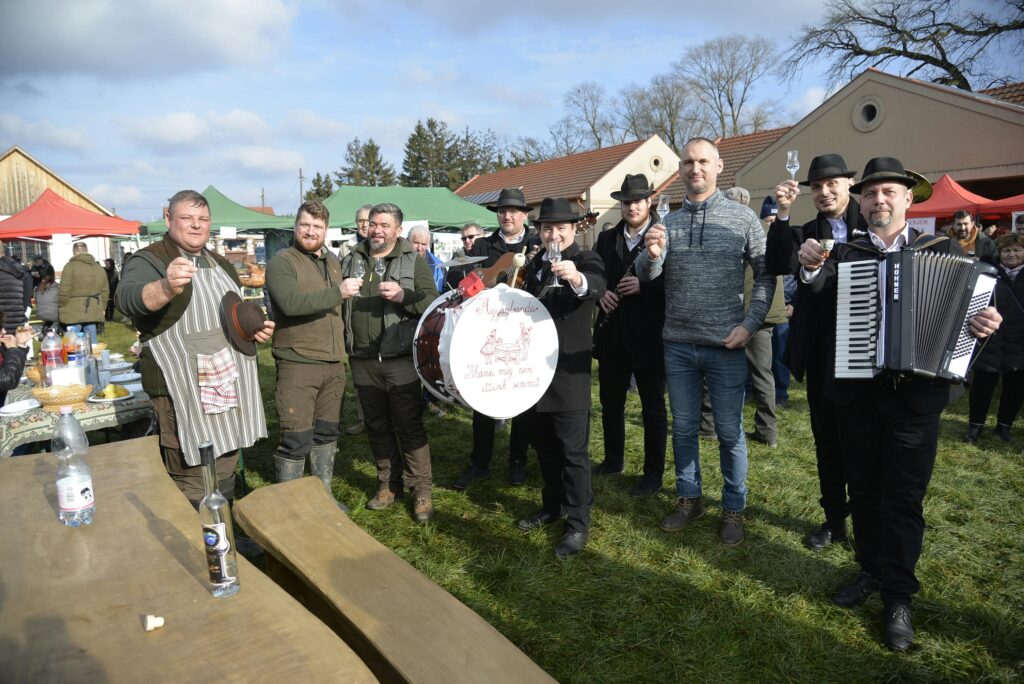As a border country in West Africa, Burkina Faso might not be the first place that comes to mind when you think of African travel. Still, it is a secret gem full of beautiful nature, rich traditions, and exciting cultural experiences. Even though Burkina Faso isn’t as big as some of its neighbours, it has a rich culture and a unique look into life in West Africa. This guide showcases the best places to visit in Burkina Faso, from vibrant markets to dramatic rock formations, from events featuring beautiful masks to holy sites with alligators.

Ouagadougou is known as the “cultural capital.”
Burkina Faso’s capital, Ouagadougou (often referred to as “Ouaga”), is the heart of the country. It’s a bustling city renowned for its rich artistic heritage, friendly locals, and vibrant streets.
Where to go and what to do:
The Musée National is Burkina Faso’s main museum. The museum showcases examples of traditional masks, clothing, musical instruments, and tools, providing visitors with an opportunity to learn about the diverse cultural groups in Burkina Faso.
Sculpture Symposium at Laongo Park:
The park, situated just outside the city, showcases granite statues crafted by artists from around the world. The designs on these works of art are cut right into the rocks themselves.The Grand Marche is a vast market where you can find handmade goods, fabrics, jewellery, and tasty treats from the area. It is an event for the senses, full of colour and life.Every two years, the Ouaga Film Event (FESPACO) takes place. It is the biggest film event in Africa. Movie fans, stars, and directors from all over the continent come to this big event.Furthermore, Ouagadougou has an active music and dance scene. African pop music and traditional beats are mixed in many small places every night.
Music, culture, and architecture by Bobo-Dioulasso
Many people consider Bobo-Dioulasso (also known as “Bobo”) the cultural heart of Burkina Faso. It is the country’s second-largest city and a must-see for its historic atmosphere and rich musical history.
Key points:
Historic Dioulasso-Ba Mosque:
This 19th-century mud-and-wood mosque is a gem of Sudano-Sahelian architecture. It is also a major tourist draw.The traditional neighbourhood of Kibidwé features narrow, twisting alleys, mud-brick houses, and residents who craft instruments, pots, and clothing.
Grande Marche:
Like Ouaga’s market, Bobo’s market is a lively spot to purchase local goods, especially handmade fabrics, balafons, koras, and traditional herbal remedies.
Music and nightlife:
Bobo is renowned for its vibrant live music scene and griots, who share traditional stories and play music. You can expect a mix of Afro-jazz, reggae, and native sounds.The slower, more laid-back pace of life in Burkina Faso is reflected in Bobo-Dioulasso, who gives tourists a better sense of the culture.
Banfora: Jungle and Nature
Banfora, located in the southwest of Burkina Faso and near the border with Ivory Coast, serves as the starting point for some of the country’s most stunning natural sights.

Things you have to see:
The Karfiguéla Waterfalls, also known as Cascades de Karfiguéla, are beautiful places to swim and enjoy lunch. The nearby trees and plants offer a welcome respite from the heat.The Domes of Fabedougou are remarkable rock formations that resemble giant, fossilised beehives. These rocks were formed millions of years ago and are a photographer’s dream, as well as a great place to go hiking.
Lake Tengrela:
This tranquil lake, located just outside Banfora, is home to hippos and a diverse array of birds. From a safe distance, boat tours are a good way to see hippos.
Fields of Sugar Cane:
There are sugar cane farms all around Banfora. You can often visit processing plants or enjoy the green fields.Ecotourists and those seeking a retreat from busy city life will appreciate the natural beauty of this area.
The Sindou Peaks are naturally amazing.
The Sindou Peaks (Pics de Sindou), located near Banfora, feature a unique landscape composed of thick, finger-like rock formations that rise dramatically into the sky.For the Senufo people, this place is considered holy, and local guides can share with you the spiritual significance of the hills. The maze-like rocks can be explored on organised hikes that offer stunning views and provide opportunities to take pictures.The rocks look especially beautiful at sunrise and dusk when the light changes them.
Tiebele: Local Kassena Style Building
Tiebele is a small town located in the south, near the border with Ghana. It is known for its native Kassena architecture and pretty houses.The Royal Court of Tiebele is a well-preserved example of Kassena compound architecture. The mud walls are decorated with elaborate geometric paintings that make it stand out.The community collaborates to maintain the painted houses in good condition. The houses show social class, family history, and faith.People can take guided walks through the royal estate, learn about traditional practices, and even create their murals.People often refer to Tiebele as a “living museum,” and it’s one of the most authentic ways to experience West African culture.
Wildlife Viewing in Arli and W National Parks
Although Burkina Faso isn’t as well-known for adventure tourism as some of its neighbours, its national parks still offer opportunities to see wildlife.Elephants, deer, baboons, and hippos inhabit Arli National Park, located in the southeast and near the border with Benin. It’s also home to a wide variety of birds, making it a birdwatcher’s dream.
W National Park (Niger, Benin, and other countries alike):
This park is part of a bigger transboundary protection area and is a UNESCO World Heritage Site. People have seen lions, leopards, elephants, cows, and more than 350 different kinds of birds.The best ways to see these parks are with a local guide or through eco-tourism programs that promote environmentally friendly travel.
Gorom-Gorom is the entrance to the Sahel.
The dry north is distinctly different from the lush south, where the town of Gorom-Gorom is situated. It provides an insight into Sahelian culture and the lifestyle of nomads, such as the Tuareg and Fulani.
Is it necessary to go?
Burkina Faso’s Thursday Market is one of the most lively and varied in the country. People from all over the Sahel come to sell everything from spices to silver jewellery while dressed in traditional clothes.
Camel caravans:
This is one of the few places where people can see camel groups travelling through the desert for trade or even riding them.Gorom-Gorom is rougher and better suited for more daring tourists, but it offers the best view of the country’s racial diversity.
Sabou: Crocodiles of The Gods
Crocodiles are believed to be sacred in the small town of Sabou. People in Sabou think that a pond is symbolically important because it is home to holy alligators.
Plans:
Tours take people to the pond where alligators are free to roam. Remarkably, people think these snakes are so calm that they let others touch or pose with them.The people in the town feed the alligators because they are thought to protect them.It might sound wild, but the alligators’ calm behaviour and the village’s customs show how deeply the people there believe in their culture.
The history and culture of Gaoua and Lobi
Gaoua, located in the southwest and near the borders with Ghana and Ivory Coast, is the centre of Lobi country, rich in history and traditions.
Important places:
The Musée des Civilisations du Sud-Ouest has statues, weapons, and religious items from the Lobi, Gan, and other local tribes.
Folkloric Lobi compounds:
These mud-brick castles are home to large families and are reinforced to keep them safe. Lobi practices are taught by local guides who lead walks inside the houses.The Gan Royal Palace in Obiré is where the old Gan country still preserves its customs. During ceremonies, tourists can meet the Ganking.It is possible to learn more about Burkina Faso’s past and present through anthropology by visiting Gaoua and its areas.

Thoughts for now
People interested in culture and unattached to wealth should consider visiting Burkina Faso. While it doesn’t have the big game parks or resort-style beaches that other African countries do, it more than makes up for it with a wide range of cultures, traditions, and natural beauty.
In Burkina Faso, every experience is personal, enjoyable, and deeply human, whether you’re dancing to djembe drums in Bobo-Dioulasso, hiking through the Sindou Peaks, or drawing pictures in Tiébélé. The country may not be well-known, but those who visit will remember it for a long time.

Leave a Reply